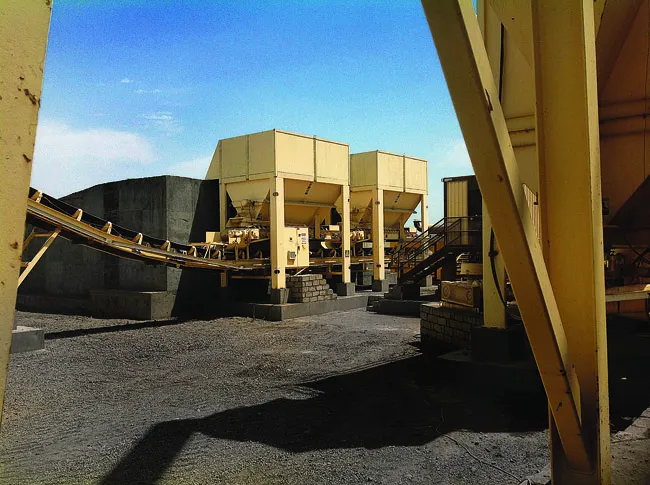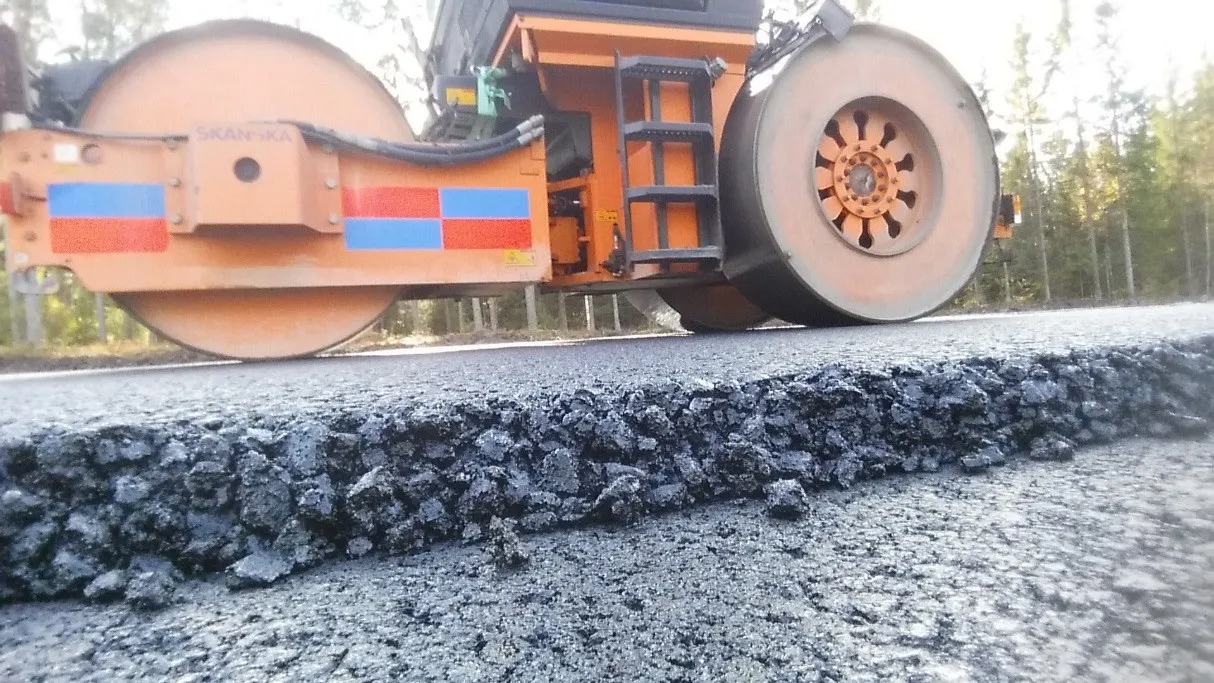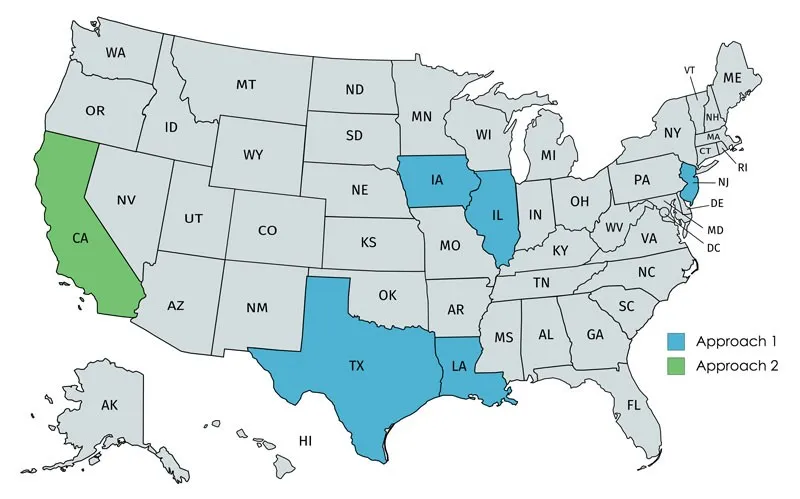
This past month of July America and much of the world celebrated the 50th anniversary of man setting foot on the moon.
There were speeches, replays of the Saturn V launch and lunar landing videos, interviews with astronauts, and much more as we relived the excitement, danger, and suspense of sending human beings 384,000km into space to land on an uninhabited moon and return. Most Americans over the age of five in 1969 can tell you where they were when the Eagle landed on July 20, 1969, and the world watched Neil Armstrong take “one small step for man, one giant leap for mankind”. America had won the Space Race. What followed were five more moon landings, but the race was over. Travelling to Mars, our nearest and most similar planet neighbour, was considered impossible due to the human body’s intolerance for zero gravity. Our space program went into decline, and moonwalking became a Michael Jackson dance move. Proponents of space exploration had to console themselves with the space shuttle program for the next twenty-five years until that program ended as well. Reliving the moon landing moment this year has rekindled interest in the field of aerospace engineering and space travel.
I couldn’t help but contrast the moon landing anniversary and the scaled back space program with what has happened with asphalt recycling during the same time period (perhaps because I have ties to both). While some will argue the earliest Hot Mix Asphalt (HMA) recycling goes back as far as 1915, HMA recycling saw its initial US “launch” in the late 1960s. There were no flags planted on projects or live TV coverage and, truth be known, many of those early projects ‘failed to launch”. And there was opposition to the crazy notion that used pavements could be reused or “recycled” (much like those who didn’t believe America should “waste money” on space travel). But despite the early failures, an idea was born, an idea that has grown and blossomed in significant and beneficial ways.
Who would have guessed or believed asphalt pavements would become the world’s most recycled material? Asphalt recycling efforts led to the development of giant milling machines to remove old asphalt roadway layers so they could be reprocessed and reused. The modern asphalt plant has been fundamentally redesigned with recycling and at high percent RAP incorporated in mind. Many different techniques and recycling methodologies have been developed, from in-place recycling to cold central plant recycling (CCPR), and so much more. From reheating and recompacting existing pavement to fix potholes, to large asphalt manufacturing plants that incorporate up to 100% RAP, asphalt recycling knowledge and recycled mix performance have come a long way since those early launch failures.
It has been 50 years since man set foot on the moon, and some say we have taken space travel as far as it can go. Have we taken asphalt recycling as far as it can go? Not a chance! The average RAP content for surface mixes in the US is only around 20%, while other countries successfully incorporate RAP percentages as high as 80%. Rejuvenators, softer binders, synthetic oils, and new technologies offer the opportunity to reach as high as 100% RAP in a variety of ways while equalling or exceeding the performance of virgin mixes. The future remains bright for asphalt recycling!









